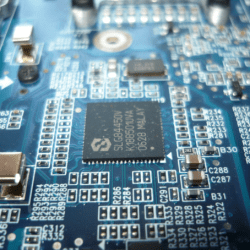This article outlines a wide range of disciplinary methods used in educational systems, offering both traditional and innovative approaches. Here’s a brief analysis of each category:
1. Traditional Punishments: These are familiar but often punitive measures, like detention, suspension, and expulsion. While still in use, these approaches tend to focus more on punishment rather than correction, and can have lasting negative effects on students, especially marginalized groups.
2. Non-Traditional/Alternative Punishments: These methods, such as community service or peer mediation, focus on rehabilitation, reflection, and problem-solving. They tend to address the root causes of behavior and encourage students to understand the impact of their actions.
3. Positive Discipline Approaches: These strategies aim to promote good behavior through positive reinforcement, social-emotional learning, and restorative practices, which are more collaborative and less punitive. They encourage self-awareness and emotional regulation.
4. Modern/Innovative Approaches: Newer methods like mindfulness programs, emotional intelligence training, and online behavioral tracking integrate technology and psychological principles. These approaches aim to develop students’ self-regulation skills and emotional awareness.
5. Critique and Concerns: The key criticisms focus on the overuse of punitive measures, especially with marginalized groups, and the lack of support for students with behavioral or mental health challenges. Additionally, inadequate teacher training can make it difficult to implement non-punitive approaches effectively.
6. Best Practices: These involve fostering positive teacher-student relationships, using restorative and preventative measures, and engaging parents and the community in the discipline process. Schools are encouraged to regularly review and update their discipline policies to ensure they meet students’ needs.This comprehensive approach aims to strike a balance between maintaining discipline and promoting student growth.














